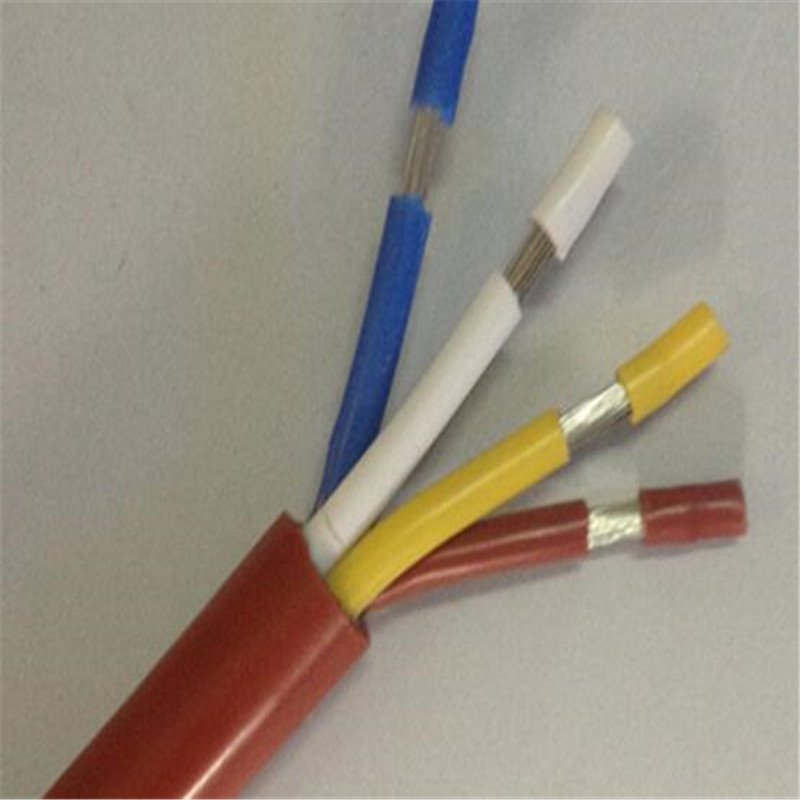 |
Zhengzhou Wubai Cable and Wire Co.,Ltdsolar DC cable, battery cable, earth cable,pump cable, DC/AC electrical cable |
||||
the difference between high temperature wire and ordinary cables
the difference between high temperature wire and ordinary cables
In our daily life, cables are widely used, and cables are also divided into various types, and the use of cables in different occasions is also different. Today, Xiaobian will share with you the difference between high-temperature cables and ordinary cables.
Difference1: The materials are different. As the name suggests, the other main materials of high temperature cables are also high temperature resistant materials, so they can be used in high temperature environments without affecting their main effects. High temperature wires are generally divided into fluoroplastic insulated high temperature wires, silicone rubber insulated high temperature wires, silicone rubber insulated braided wires, and multi-core high temperature cables, while ordinary cables may be a common material such as aluminum wire or copper wire.
Difference 2: Insulation performance. Different from ordinary cables, high temperature resistant wires have strong insulating properties. In this way, in some factories or laboratories with high requirements, high temperature wires can avoid short circuit or circuit impact problems, so as to achieve better use results.
Difference three: aging resistance. A particularly big advantage of high-temperature cables is aging resistance and durability. For example, high-temperature cables can be used for a long time, which can help us solve many cost problems. However, the service life of ordinary cables is fixed and needs to be replaced in time after a certain period of use. Then The frequency of replacement is higher, which affects efficiency and increases costs.
Difference four: flame retardancy. Since the high temperature wire is made of special materials, its flame retardant performance is particularly good. In the case of short circuit or high temperature fire, it will not affect the sudden series connection of other circuits to increase the risk, but it is effectively conductive and flame retardant, and the safety performance is higher.



